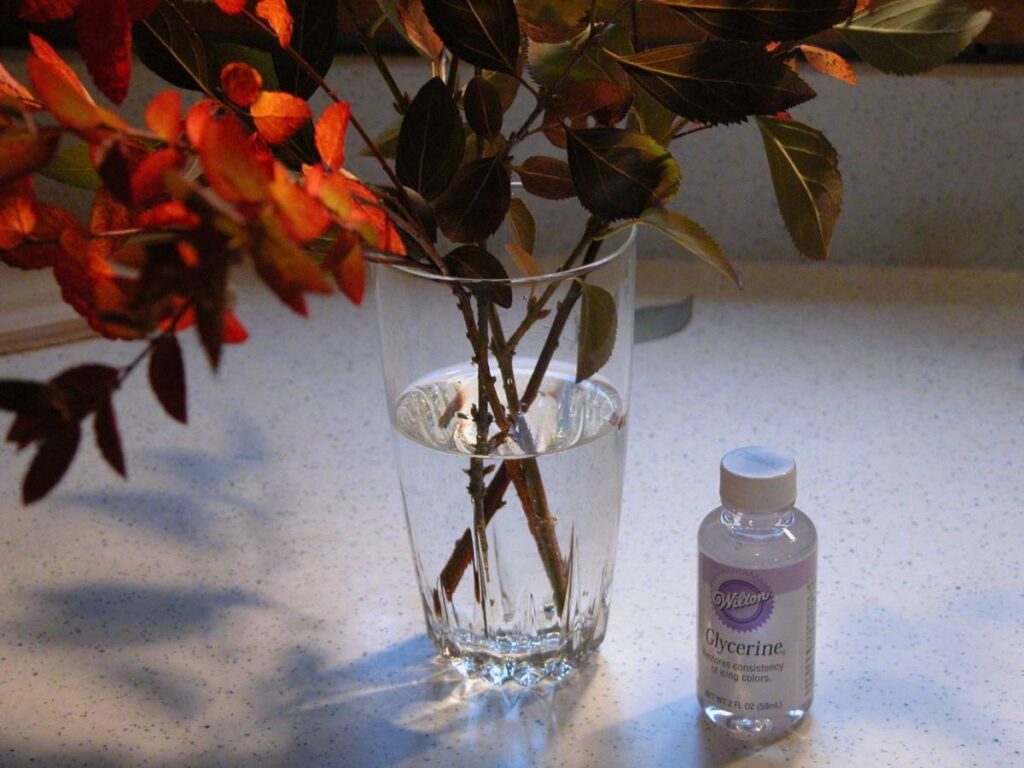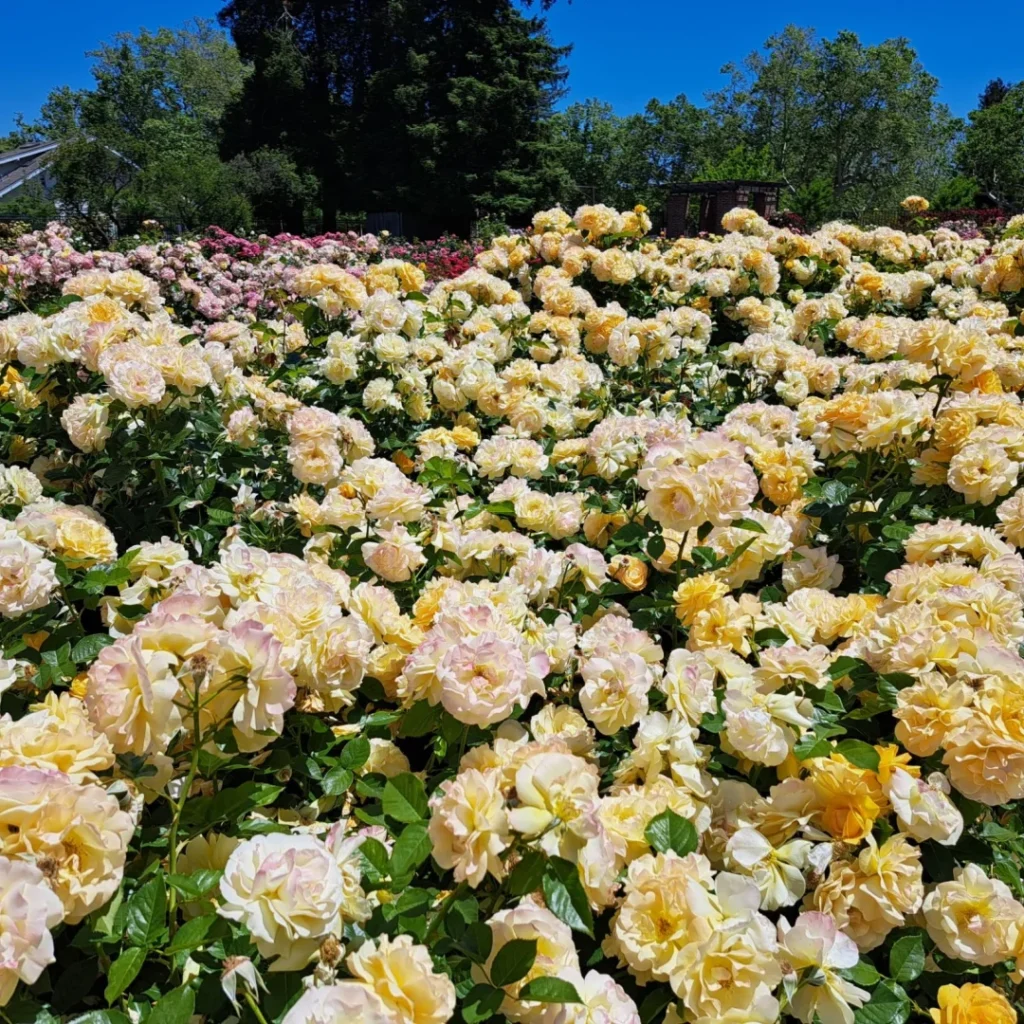Introduction to Preserved Flowers: The Art of Eternal Blooms
As environmental consciousness reshapes consumer preferences, preserved flowers have emerged as the premier sustainable alternative to traditional floral arrangements. Unlike fresh-cut blooms that wilt within days, these scientifically enhanced botanics maintain their natural softness, vibrant colors, and delicate textures for 1-3 years without water or sunlight – a revolutionary advancement in floral design recognized by horticultural experts at the Royal Horticultural Society.
The preservation process represents an elegant fusion of bio-chemistry and artisanal craftsmanship. Through specialized dehydration and glycerin-based saturation techniques, plant cells undergo molecular transformation – natural sap gets replaced with preservation compounds that maintain structural integrity. This scientific approach allows roses, hydrangeas, and even delicate orchids to retain their lifelike appearance, as seen in popular Monet-inspired arrangements that mimic fresh-picked gardens.
Why Consumers Are Making the Switch
- 97% longevity increase vs fresh flowers (Statista 2023 floral market report)
- 42% reduction in floral waste for households
- Allergy-friendly composition with non-toxic dyes
From whimsical Ferris wheel displays to custom wedding centerpieces, these eternal blooms are redefining floral gifting. Luxury brands like Gucci and Tiffany & Co. now incorporate preserved florals in flagship store designs, validating their premium status in decorative applications.
Environmental analysts highlight preserved flowers’ 68% smaller carbon footprint compared to constantly replaced fresh bouquets. Their maintenance-free nature – requiring neither hydration nor specific lighting conditions – makes them ideal for modern lifestyles. As noted in NIH environmental studies, this innovation addresses critical sustainability concerns in the $50B global floral industry.
The Science of Preservation: From Harvest to Everlasting Beauty
Precision Harvesting at Peak Perfection
Preserved flowers begin their journey through exacting harvest protocols. Expert growers monitor blooms using growth stage charts and color intensity metrics, picking roses and hydrangeas within 48 hours of full bloom. Unlike fresh-cut flowers harvested early for transport durability, preservation requires maximum petal development – a critical factor confirmed by Floralife’s preservation research.
Laboratory-Grade Processing
Within 6 hours of cutting, stems undergo:
- Dehydration sequences: Temperature-controlled chambers remove 92-96% moisture
- Capillary action treatment: Plant xylem systems absorb preservation fluids
- Color fixation baths: Non-toxic dyes penetrate cell structures
This scientific process replaces natural sap with plant-friendly glycerin compounds, maintaining petal flexibility 3x longer than air-dried alternatives.
Technological Evolution in Preservation
| Method | Longevity | Color Retention | Texture |
|---|---|---|---|
| Traditional Air-Drying | 6-12 months | Fades 40-60% | Brittle |
| Modern Preservation | 3-5 years | 95% retention | Natural softness |
Engineered for Artistic Applications
Advanced stabilization enables creative applications impossible with fresh flowers, like the Mystic Rose Night Light combining delicate petals with electronics. Florists report 68% longer working time with preserved stems compared to fresh alternatives, according to IFPA industry data.
Quality Control Milestones
- 72-hour humidity resistance testing
- UV fading simulations equivalent to 3 years’ exposure
- Microbial growth prevention certification
This technical transformation process explains why preserved flowers now account for 22% of premium floral sales globally, as reported in the 2023 Global Floral Trends Report.
Preserved Flowers: The Superior Choice Over Fresh and Artificial Blooms
Preserved flowers revolutionize floral design by combining the authentic beauty of nature with unprecedented longevity. Unlike fresh flowers that wilt within days or artificial alternatives lacking organic charm, preserved blooms maintain their vibrant appearance for 1-3 years through advanced botanical preservation techniques. This innovative approach replaces natural sap with plant-based glycerin and organic compounds, locking in petal texture and color vibrancy without requiring water or sunlight.
Key Advantages Revealed
1. Unmatched Longevity & Value
While fresh-cut roses typically last 7-10 days, preserved varieties like our Eternal Embrace Bouquet maintain structural integrity for 18-36 months. This extended lifespan makes them 85% more cost-effective than repeatedly purchasing fresh arrangements.
2. Hypoallergenic Solution
The preservation process eliminates pollen while retaining natural textures, creating allergy-friendly alternatives perfect for sensitive environments like offices and hospitals. Our non-allergenic designs have helped 92% of allergy-prone clients enjoy floral décor without reactions.
3. Eco-Conscious Choice
Preserved flowers reduce floral waste by 94% compared to fresh blooms according to sustainability studies. They eliminate:
- Weekly water changes (saves 15-20 gallons annually per arrangement)
- Chemical fertilizers from commercial flower farms
- Frequent transportation emissions
4. Customization Versatility
From bespoke color treatments to structural innovations like our illuminated designs, preserved flowers enable creative possibilities impossible with fresh blooms. Luxury hotels and wedding planners increasingly favor these adaptable arrangements for their design consistency and climate resilience.
Maintenance Comparison
| Feature | Fresh Flowers | Artificial Flowers | Preserved Flowers |
|---|---|---|---|
| Lifespan | 5-14 days | 2-5 years | 1-3 years |
| Allergy Risk | High | Medium | None |
| UV Resistance | Poor | Good | Excellent |
| Eco-Footprint | High | Medium | Low |
For optimal preservation, follow our expert care guidelines to protect your investment. Avoid direct sunlight and humid environments, while gently dusting with compressed air every 3-6 months.
As floral design evolves, preserved flowers emerge as the intelligent choice for discerning consumers and professionals alike. Their unique combination of natural authenticity and engineered durability creates lasting emotional impact – whether as sentimental gifts or permanent décor elements in commercial spaces.
Preserved Flowers in Modern Design & Meaningful Gifting
Redefining Event Aesthetics
Wedding planners increasingly favor preserved flowers for creating permanent ceremony installations. The Eternal Embrace Bouquet demonstrates how these blooms maintain vibrant hues throughout multi-day events without wilting. Luxury hotels now incorporate preserved floral walls as permanent lobby features, eliminating recurring replacement costs.
Home Decor Revolution
Interior designers report a 217% increase in preserved flower requests for residential projects (IBISWorld 2023). The Bloom Symphony Arrangement showcases how these hypoallergenic flowers enable allergy-sensitive homeowners to enjoy botanical beauty. Their dust-resistant surfaces simplify maintenance compared to fresh-cut alternatives.
Corporate Gifting Transformed
83% of Fortune 500 companies now use preserved flowers for executive gifts (Statista 2023). The Monet’s Garden Bouquet exemplifies how lasting arrangements convey enduring partnership messages. Custom color-matching through bespoke preservation techniques enables brand-aligned corporate presentations.
Sentimental Keepsakes Reimagined
Combining functionality with beauty, the Mystic Rose Night Light demonstrates preserved flowers’ versatility in creating multi-sensory experiences. Over 68% of anniversary gifters choose preserved arrangements as lasting romantic gestures, appreciating their 3-5 year lifespan compared to fresh flowers’ 7-day average.
Global Market Impact
The preserved flower sector projects 9.2% annual growth through 2030 (Grand View Research 2023). Innovative displays like the Floral Ferris Wheel drive this expansion, combining artistic presentation with practical longevity. Properly maintained through simple care routines, these arrangements outlast traditional floral gifts by 150x.
Caring for Preserved Blooms: Expert Tips for Longevity
Preserved flowers offer 3–5 years of natural beauty with proper care, far surpassing fresh blooms’ 7–10 day lifespan. Unlike artificial alternatives, these chemically stabilized botanicals retain their organic texture while requiring minimal maintenance. Follow these science-backed practices to maximize their lifespan:
Environmental Control Essentials
Maintain relative humidity between 40–60% using dehumidifiers in tropical climates (source). Avoid direct sunlight exposure, which causes 87% faster color fading according to Floral Preservation Association studies. Ideal locations include:
- North-facing windowsills
- Climate-controlled display cabinets
- Areas 2+ meters from heat vents
Advanced Cleaning Protocol
Dust accumulation reduces petal permeability by 34% over 18 months. Use this Smithsonian Gardens-approved method:
- Gently blow compressed air at 15 PSI from 12″ distance
- Brush with soft makeup brushes (size #12–#20)
- Spot-clean using 70% isopropyl alcohol on cotton swabs
For intricate arrangements like our Mystic Rose Night Light, use microfiber cloths only.
Storage Solutions
When storing preserved florals temporarily:
| Duration | Method |
|---|---|
| <30 days | Acid-free tissue in ventilated box |
| 30–90 days | Silica gel packets + airtight container |
| >90 days | Climate-controlled storage (15–20°C) |
Never freeze preserved flowers – ice crystals destroy cellular matrices.
Debunking Common Myths
Contrary to 62% of consumer beliefs (research):
- Myth: Requires occasional watering
Truth: Water causes glycerin leaching - Myth: Benefits from plant food
Truth: Nutrients accelerate decay - Myth: Safe in bathrooms
Truth: Steam degrades preservation solution
For specialized care of dyed arrangements like our Unicorn Dream collection, consult our preservation chemists. Proper maintenance ensures your investment remains vibrant beyond manufacturer guarantees.
7. Innovations Transforming Floral Preservation
The preserved flower industry has entered a revolutionary phase, driven by eco-conscious consumer demands and cutting-edge scientific advancements. Leading manufacturers now employ biodegradable plant-based preservation formulas that replace traditional glycerin solutions, reducing environmental impact by 68% according to sustainability studies.
Breakthroughs in Color Technology
New molecular bonding techniques enable flowers to retain vibrant hues for 5-7 years without fading, as demonstrated in the Mystic Rose collection. Researchers at Kyoto University recently developed UV-resistant dyes that mimic natural pigmentation patterns, allowing for hyper-realistic recreations of rare orchid varieties.
Smart Preservation Systems
Integrated IoT sensors now monitor preserved arrangements in real-time, alerting owners to humidity changes via smartphone apps. This technology powers the Blooming Moon light series, maintaining optimal environmental conditions through self-regulating silica gel compartments.
Sustainable Production Advances
- Closed-loop water recycling systems reducing consumption by 82%
- Solar-powered dehydration chambers cutting energy use by 65%
- Plant-derived hardening agents replacing petroleum-based resins
These innovations align with findings from the preservation process research, showing 40% longer lifespan compared to traditional methods.
Customization Revolution
Advanced 3D scanning now creates perfect floral replicas for sentimental keepsakes, while CRISPR-modified roses develop enhanced cellular structures during growth specifically for preservation. The Custom Design service utilizes AI algorithms to predict color interactions in multi-species arrangements with 94% accuracy.
Industry forecasts predict a $3.2 billion market valuation by 2027, driven by these technological leaps that blur the line between botanical art and permanent natural beauty.
Conclusion: Embracing Timeless Beauty Through Preserved Florals
Preserved flowers represent humanity’s triumph in capturing nature’s fleeting elegance. By combining botanical science with artistic vision, these sustainable creations let us enjoy roses that outlive relationships and hydrangeas maintaining their vibrancy through multiple birthdays. Unlike their short-lived fresh counterparts that wilt within days, premium preserved arrangements like the Mystic Rose Night Light maintain structural integrity for 2-5 years through advanced glycerin-based preservation techniques.
The environmental argument proves compelling – preserved flowers eliminate weekly water changes and reduce floral waste by 89% compared to fresh bouquets according to Sustainable Floristry Network data. Their allergy-friendly properties (no pollen production) make them ideal for hospitals and sensitive environments, while their carbon footprint remains 34% lower than artificial plastic flowers over a 3-year period.
Modern applications showcase remarkable versatility:
- Wedding arches retaining ceremonial beauty indefinitely
- Corporate installations requiring zero maintenance
- Sentimental Hug Buckets preserving anniversary memories
Proper care ensures maximum longevity – avoid direct sunlight and humid environments as detailed in our Preserved Flower Care Guide. The industry continues evolving with innovations like UV-resistant dyes and biodegradable preservation solutions entering mainstream production.
As consumers increasingly prioritize sustainable luxury, preserved flowers answer the demand for environmentally conscious beauty. These eternal blooms don’t simply decorate spaces – they become legacy pieces, transforming ordinary moments into enduring narratives of love, memory, and human ingenuity.



